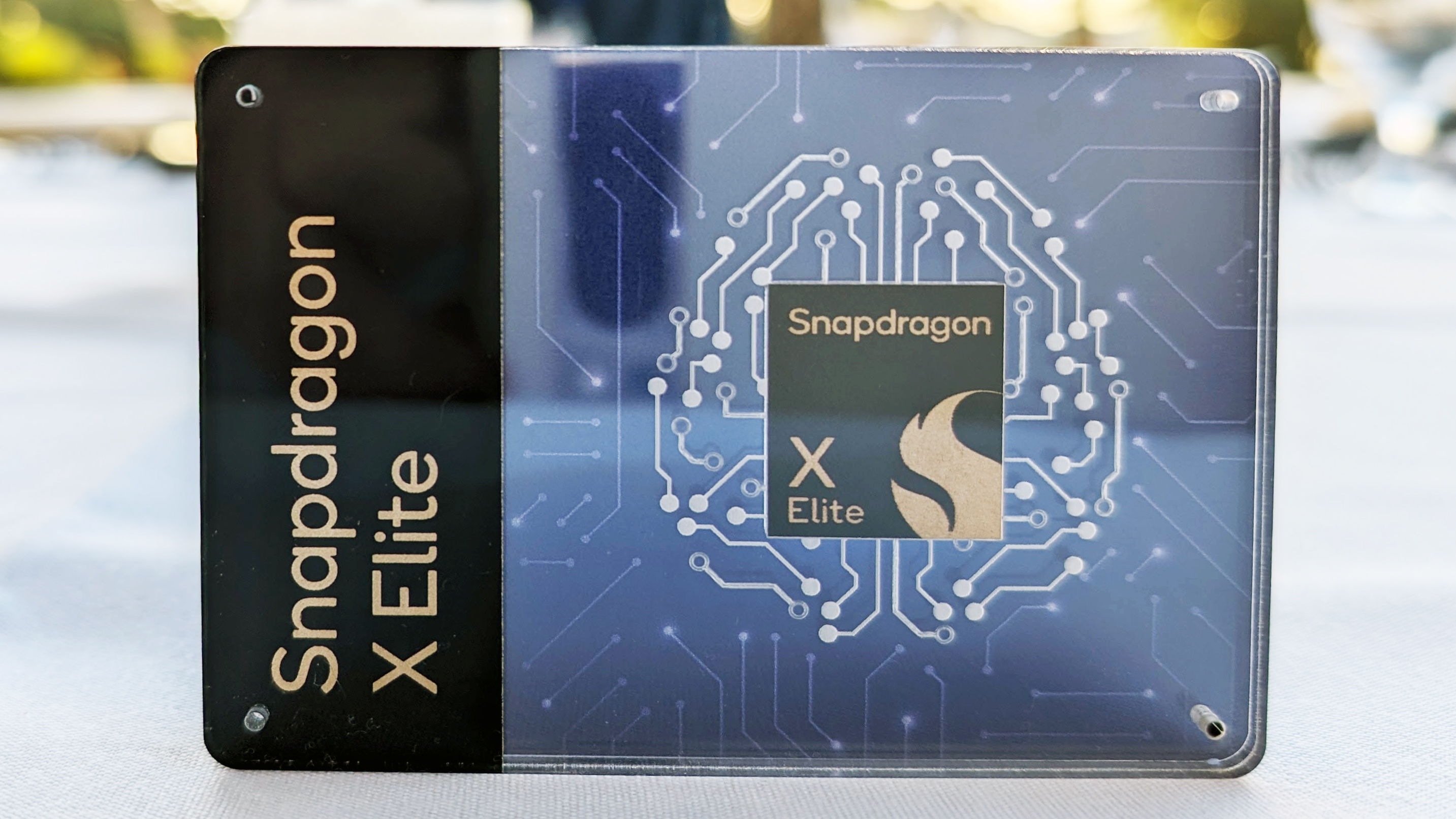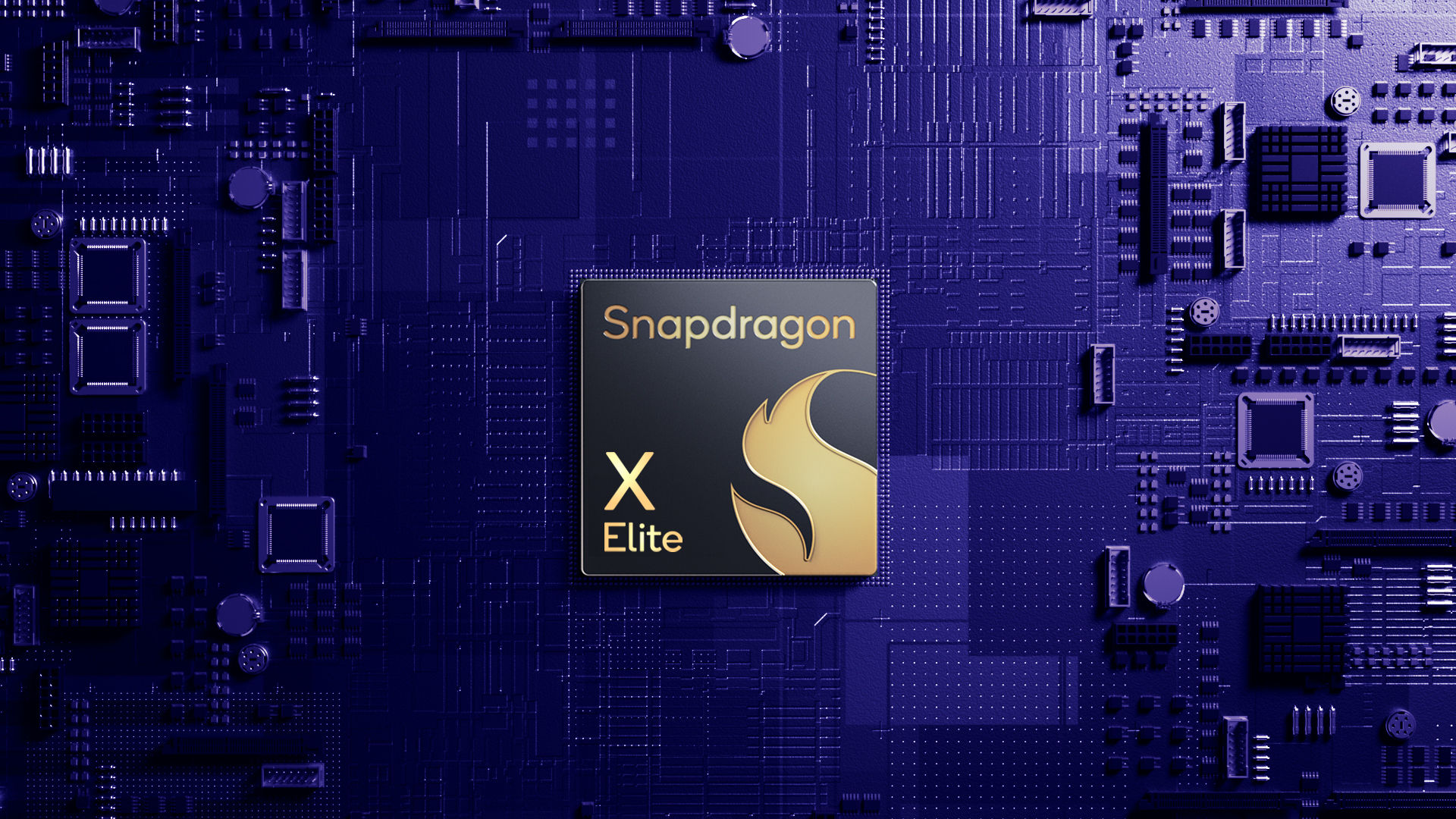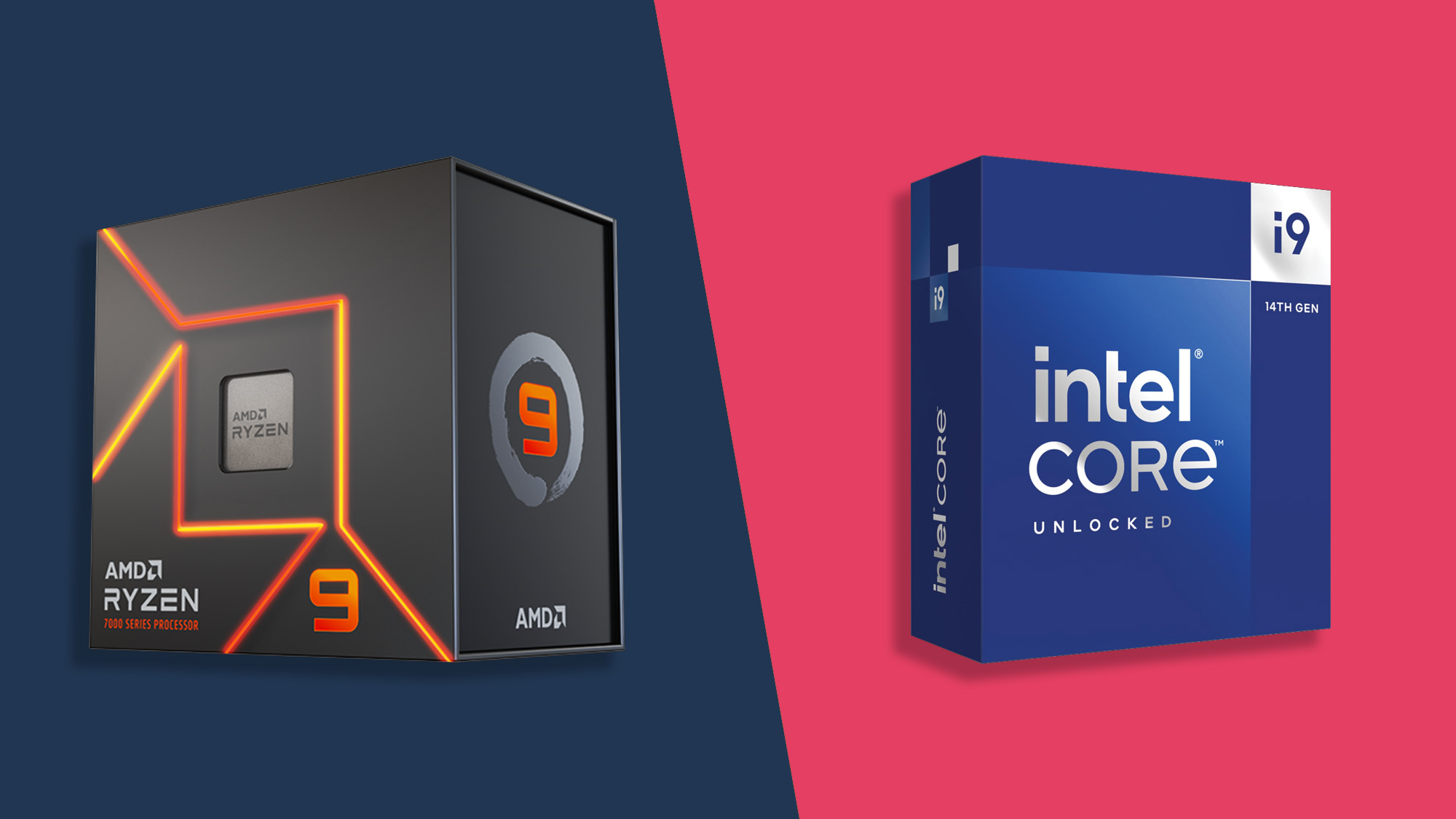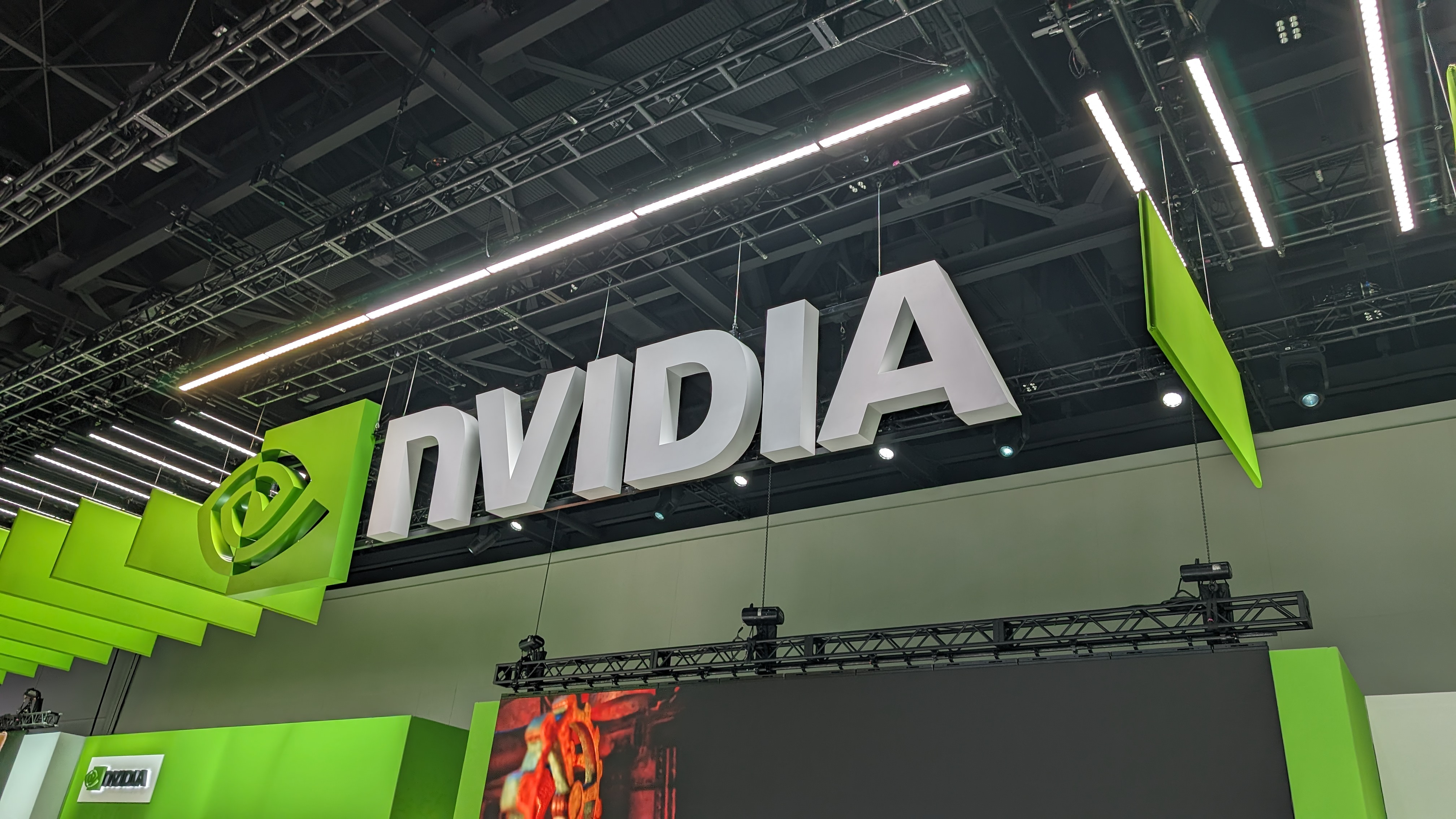
Qualcomm’s Snapdragon X Elite chip made waves before its debut because of rumored promises of high performance and lengthy battery life for laptops. That hype stuck around after the chip lineup debuted in June because Qualcomm actually delivered an incredibly strong Windows-on-Arm experience that rivals that of Apple’s MacBooks.
One of the best examples of the Snapdragon X Elite’s greatness is the Microsoft Surface Laptop 7. In our Surface Laptop 7 review, the laptop earned a perfect score, thanks in large part to its stellar performance and near 16-hour battery life — both of which are a direct result of the Snapdragon X Elite chip.
There are still a few compatibility issues to be worked out with Windows on Arm, but there’s no denying the Snapdragon X Elite chip has finally propelled Windows laptops into a competitive space with MacBooks, something x86-based chips from Intel and AMD have failed to do for years. But what about in the desktop PC world? Is there a chance Qualcomm desktop CPUs could outshine those of AMD and Intel in 2025? Let’s talk about it.
Qualcomm’s current Arm-based chips are impressive in multiple ways

The Snapdragon X Elite chips available now (and even Snapdragon X Plus variants, too) are crushing the competition when it comes to performance power. Our sister site Tom’s Hardware compared Geekbench 6 performance scores for Snapdragon X Elite chips against chips from Intel and AMD, and found that the X Elite outperformed its competitors by 18 - 25%.
That said, we’re talking about performance in laptops specifically. What’s most impressive about Qualcomm’s X Elite chips is that they’re able to perform so well despite also boasting leading battery life, something that only matters for laptops. That’s not to say desktop PCs don’t need to be efficient, but it’s much more of a concern for laptops because of their mobile nature.
Qualcomm was supposed to release a Snapdragon-powered mini PC in June, but the company canceled the mini PC project in October because it did not meet Qualcomm’s “usual standards of excellence.” One redditor said this little device “could revolutionize the Mini PC market,” and many people seem to agree. It’s unfortunate we didn’t get more of a chance to compare it to other mini PCs performance-wise, but it’s clear Qualcomm has future desktop PC plans in store.
According to PCWorld, Qualcomm CEO Cristiano Amon said, “You’re going to see us with a lot of designs on desktops, mini desktops, and eventually, you won’t be surprised of us still thinking about high-performance desktop. We are on this journey. As I said, we’re here to stay.”
We know Qualcomm is actively working on desktop CPU options, but info on how many cores its desktop CPUs may have, clock speed, or any other specifics regarding its architecture is pretty much nonexistent right now.
If Qualcomm succeeds in creating and selling a viable desktop CPU, in either a full tower or a mini PC, I think it would only become the first pick for those looking for the most affordable desktop option that promises decent performance, especially businesses looking for cheap PCs. In terms of more powerful, gaming-capable desktop PCs and DIY PCs, I think AMD and Intel will still be the preferred brands in 2025.
AMD and Intel are so established that Qualcomm might not make a dent in the space

If you’re building a PC today, you’ll likely be picking between a CPU from Intel or AMD. The companies have flip-flopped over the years when it comes to which is better in terms of price and performance, but those two brands have established themselves as the best processor brands in the world. I don’t see Qualcomm shaking that up in 2025.
Right now, AMD is the go-to pick if you’re building a gaming PC and Intel is the choice for those looking for peak productivity performance. The only way I see Qualcomm elbowing its way into competition against AMD and Intel is if it markets its desktop chips as “the most affordable.”
Before it was canceled, one of the most attractive qualities of the Snapdragon X Elite-powered mini PC was its $899 price. If Qualcomm could replicate that pricepoint in pre-built desktop PCs or standalone CPUs for DIY-ers, that’d be the move to make.
Plus, for gamers, the incompatibility issues with Windows-on-Arm will probably still be too great in 2025. Granted, TechRadar saw a Snapdragon X Elite laptop run Baldur’s Gate 3 in 4K at 30-35fps smoothly, but we can only speculate as to how well it may perform when mixed with a discrete GPU in a desktop build.
It’s entirely possible Qualcomm could craft a desktop CPU capable of at least 60fps in most games, but people would need to see this in action via reviews and hands-on experiences before being convinced to buy. And even then, it would likely have to be more affordable than the best AMD processors to be worth it for most people.
A new competitor might overshadow Qualcomm

In addition to the struggles Qualcomm already faces going up against Intel and AMD, a new Windows-on-Arm competitor may also throw a wrench into the company’s plans.
Established powerhouse in the PC space Nvidia reportedly has plans to make an Arm chip for Windows in 2025. Considering Nvidia has already gained trust from many PC builders as a reliable, go-to option for the best graphics cards, the company would have a leg up over Qualcomm when it comes to selling an Arm chip as a smarter pick over an x86 chip from AMD or Intel.
Most rumors suggest Nvidia is working on a mobile SoC that would combine a CPU, GPU, and possibly NPU, to compete with Qualcomm in the laptop space. But seeing as Nvidia already has rapport with PC builders, it seems like a no-brainer that the company would also develop Arm chips for desktop PCs as well.
Right now, Qualcomm has the unique advantage of being the only chipmaker in demand for Windows-on-Arm laptops. With Nvidia in the mix—and possibly AMD as well, if a recent Reuters report bears out—Qualcomm would have more to prove.
Ultimately, the success of both Qualcomm’s and Nvidia’s future Arm-based desktop CPUs will be based on accompanying software. Both companies may be able to make powerful chips, but if Windows doesn’t mesh well with them, they won’t be an optimal choice for anyone over x86-based chips from AMD and Intel.
Right now, there’s a lot of potential for future desktop CPUs from Qualcomm and Nvidia. But will that potential be fully realized in 2025 to the point that it pushes AMD and Intel chips aside? Personally, I don’t think so.







